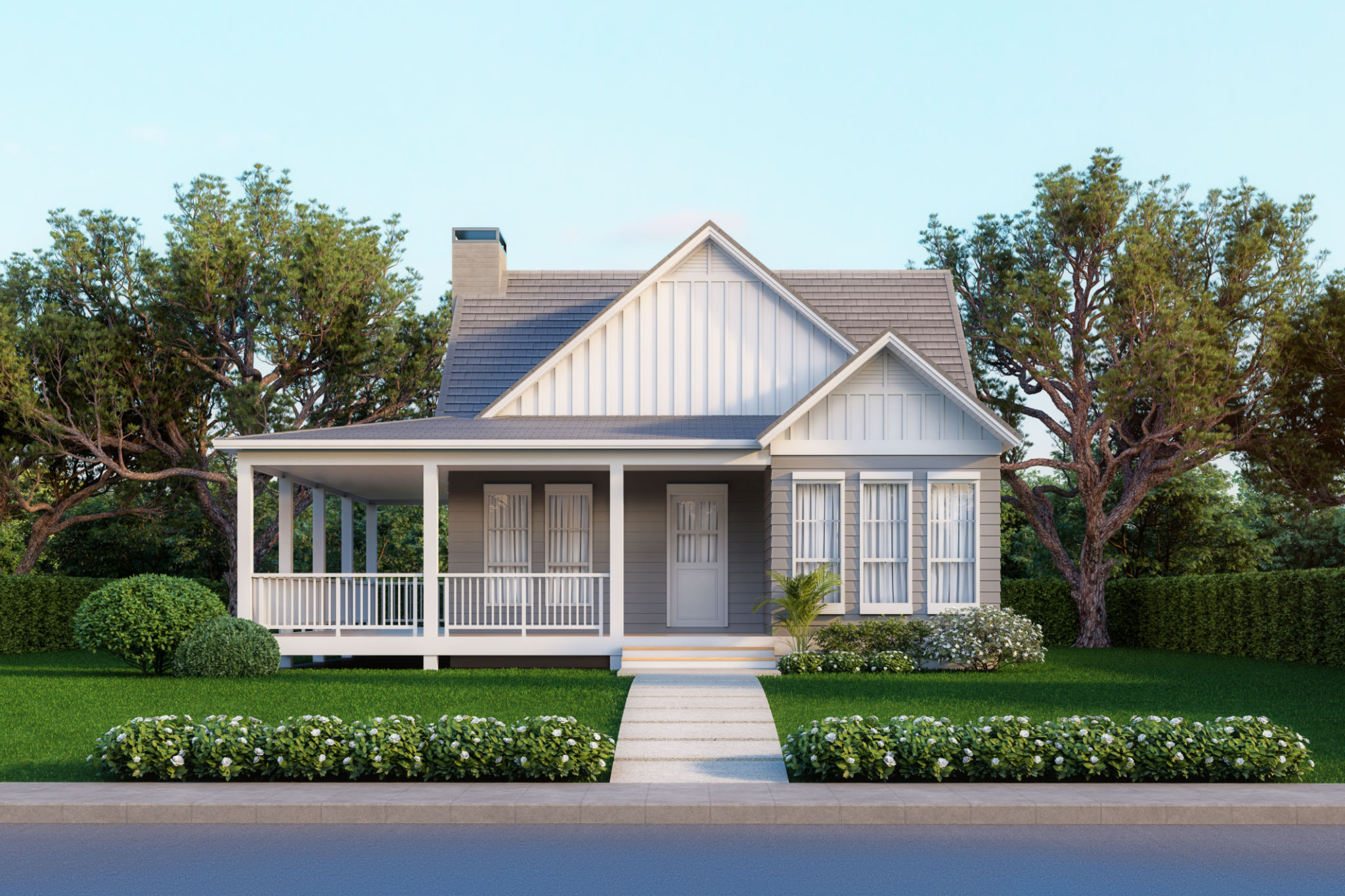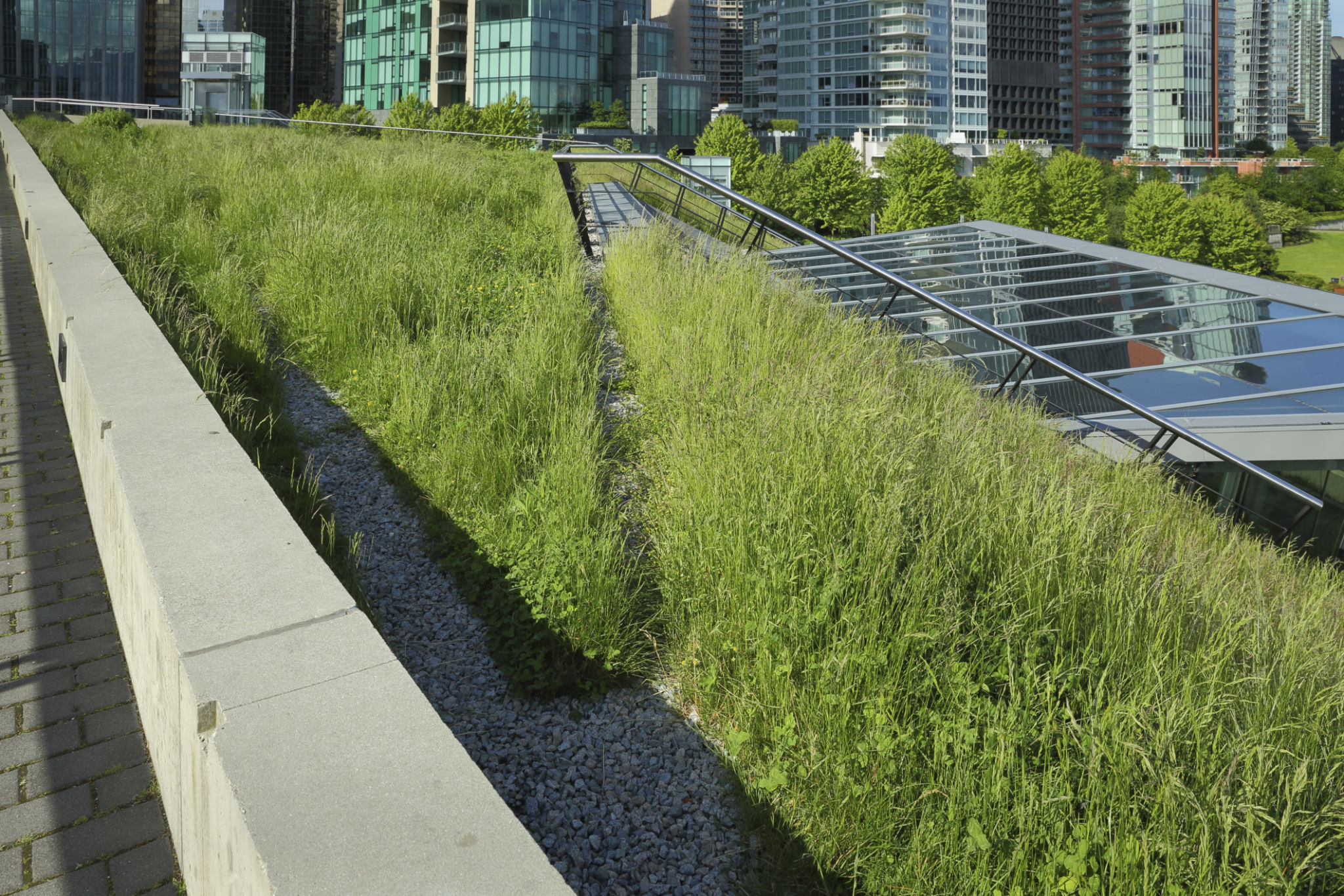Understanding the Roofing Needs of Different Neighborhoods in San Marcos
Understanding Diverse Roofing Needs
San Marcos, a vibrant city in the heart of Texas, is known for its unique neighborhoods, each with distinct architectural styles and roofing needs. Understanding these differences is crucial for homeowners and contractors alike, ensuring that the roofs not only enhance the aesthetic appeal of homes but also provide the necessary protection against the elements.
The varied climate of San Marcos, from hot summers to occasional heavy rainfall, requires roofing solutions that are both durable and efficient. Homeowners must consider several factors when selecting the right type of roof for their property, including material, style, and local regulations.

Traditional Neighborhoods
In the older, more traditional neighborhoods of San Marcos, you'll often find homes with steeply pitched roofs and classic architectural styles. These areas typically feature materials like slate or wood shingles, which complement the historic look of these homes. However, maintaining these traditional materials can be costly and requires regular upkeep to ensure longevity.
For those looking to preserve the authenticity of these neighborhoods, but with modern efficiency, synthetic alternatives can provide a solution. These materials mimic the appearance of traditional options but offer enhanced durability and lower maintenance costs.

Modern Suburban Areas
In contrast, the modern suburban areas of San Marcos often embrace contemporary designs with sleek lines and minimalistic aesthetics. Roofs in these neighborhoods tend to favor materials like metal or asphalt shingles due to their affordability and ease of installation. These materials are also known for their excellent performance in reflecting heat, which is a critical factor during the hot Texas summers.
Moreover, energy-efficient roofing options are becoming increasingly popular in these areas. Homeowners are turning to cool roofing technologies that help reduce energy consumption by reflecting more sunlight and absorbing less heat.
Environmental Considerations
San Marcos is also home to eco-conscious communities that prioritize sustainability in their roofing choices. Green roofs, which incorporate vegetation on top of a waterproof membrane, are gaining traction as they offer numerous benefits. Not only do they improve air quality and reduce stormwater runoff, but they also provide natural insulation, lowering energy costs.

For those not ready to commit to a full green roof, other sustainable options include solar panels and recycled roofing materials. These choices not only contribute to a healthier environment but can also provide financial incentives through energy savings and tax credits.
Local Regulations and Permits
Another crucial aspect of roofing in San Marcos is navigating local building codes and regulations. Each neighborhood may have specific guidelines regarding roofing materials, colors, and styles to maintain a cohesive look and preserve property values. Homeowners should consult with local authorities or experienced contractors to ensure compliance with these regulations.
Additionally, obtaining the necessary permits before starting any roofing project is essential to avoid potential fines or complications. Working with a knowledgeable contractor can streamline this process and ensure that all legal requirements are met.

Choosing the Right Roofing Contractor
Selecting a reputable roofing contractor is vital for ensuring quality workmanship and customer satisfaction. Homeowners should look for contractors with extensive experience in their specific neighborhood type and verify their credentials, including licenses and insurance coverage.
A reliable contractor will also provide detailed estimates and timelines for the project, allowing homeowners to plan accordingly. Seeking recommendations from neighbors or online reviews can further assist in making an informed decision.
Ultimately, understanding the unique roofing needs of different neighborhoods in San Marcos enables homeowners to make informed decisions that enhance their property's value and longevity while reflecting their personal style and environmental commitments.
